The Digital Euro: Timeline Overview, Current Agenda & Key Updates
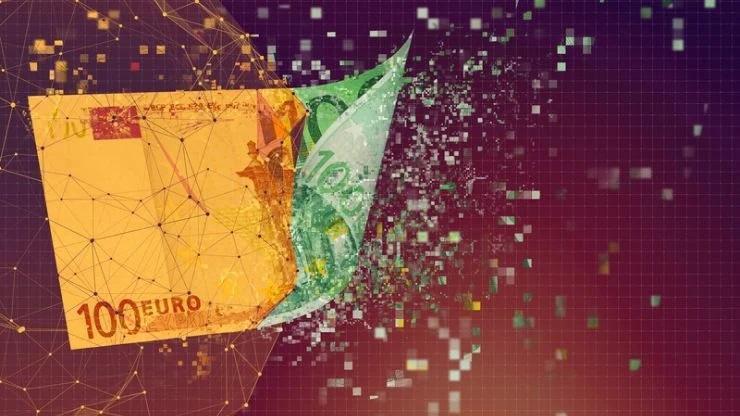
As the world continues to become increasingly digitized, governments and financial institutions actively explore alternatives to traditional currencies. One example of such efforts is the digital euro project, which aims to create an electronic version of the European currency that could be used for quick and seamless financial transactions across borders.
The European Central Bank (ECB) launched this initiative at the end of 2020 and has already made substantial progress since, with several recent developments carrying considerable weight in the digital currency realm. This overview aims to provide a comprehensive analysis of these advancements and their potential impact on Europe’s financial landscape - read on for all the details!
Which Goals Is the Digital Euro Initiative Pursuing?
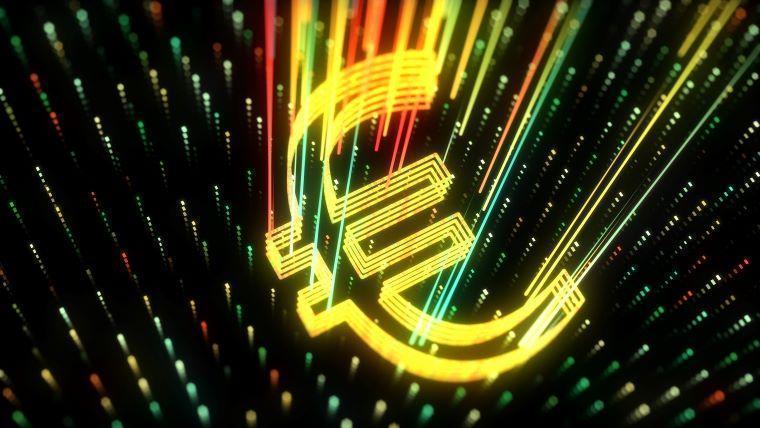
One of the common misconceptions repeatedly expressed by the public is that the digital euro project aims to replace cash in EU and EEA countries. However, the ECB representatives have repeatedly stated that, in reality, its goals are to:
- Complement existing payment methods such as physical cash and bank deposits
- Ensure that the euro remains a safe, secure, and efficient means of payment in the digital age
- Provide Europeans with a digital payment option that is fast, cheap, and accessible
- Enhance the efficiency of the payments market and promote innovation in the financial sector
- Maintain the autonomy of the euro area in the global payments landscape
The Digital Euro Project Timeline Explained
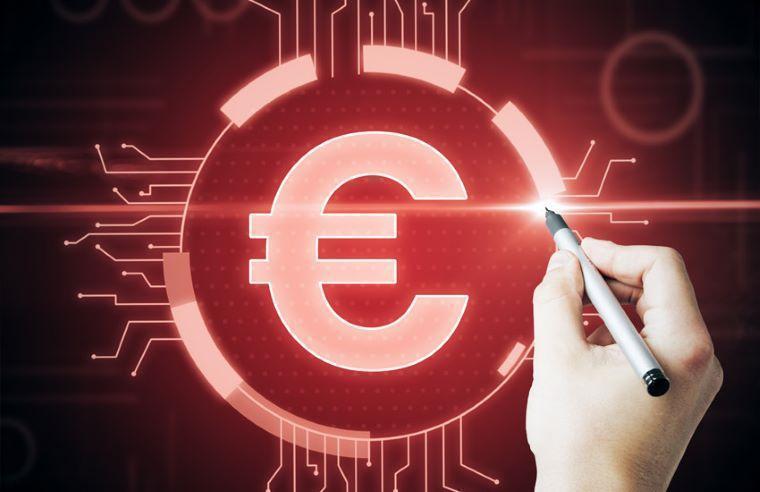
Now that you are aware of the fundamentals of the digital euro project, let’s review its evolution so far:
- Q4 2020 - The ECB launches a public consultation on the possible introduction of a digital euro, seeking feedback from citizens, businesses, and other stakeholders.
- Q4 2021 - The Governing Council decides to initiate the investigation phase of the digital euro initiative, which involves studying its potential benefits, risks, and technical feasibility.
- Q1 2022 - Prioritizing use cases for the currency by reporting on focus groups made up of citizens and merchants. This phase identified the most important scenarios for the digital euro, such as online shopping and cross-border transactions, and tapped into its design and development aspects.
- Q3 2022 - The ECB focused on designing options to moderate the digital euro project’s uptake and developing a distribution model. The key target here was to understand how to manage the implementation of the digital euro and address concerns regarding the stability of this financial system.
- Q4 2022 - Project development was mainly revolving around settlement models, the amount of digital currency in circulation, the role of intermediaries, form factor, and prototype development.
- Q1 2023 - Lately, the digital euro initiative has been centered around creating a compensation model for intermediaries, ensuring access to the ecosystem is efficient and equitable, exploring value-added services and advanced functionalities, and refining the design of the digital euro based on prototype testing results.
All in all, it is clear to see that the digital euro initiative has been developing at an extremely fast pace. But what does the future have in store for it?
What Is the Project’s Agenda for the Near Future?
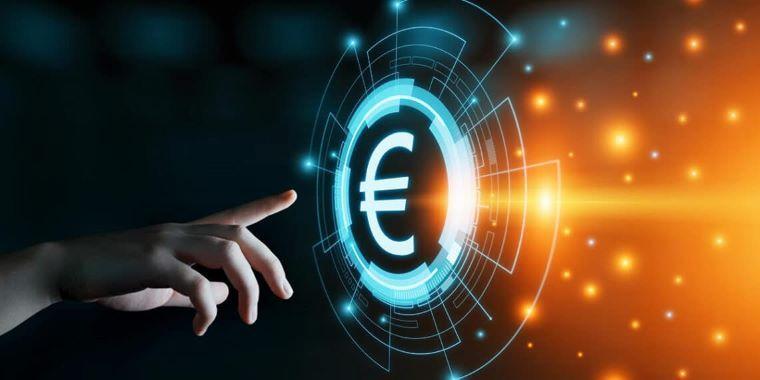
Even though the future timeline of the digital euro project is tentative and may be subject to alterations, the ECB has announced its plans regarding its further development. Here is what we can expect:
- Q2 2023 - The initiative is expected to focus on analyzing user requirements, preparing for a potential project realization phase, and making key decisions about the future of the digital euro.
- Q3 2023 - This stage is forecast to involve selecting service provider(s) for the potential project realization phase and finalizing a decision-making document that includes advice on the issuance of the digital euro as well as its design and implementation plan.
Once these steps are completed, the ECB hopes to launch the realization phase. However, it is worth noting that while the digital euro was previously expected to launch already by 2026, the updated forecast for it to go into circulation has currently shifted to 2027.
Is the Digital Euro Good News for Individuals & Businesses?
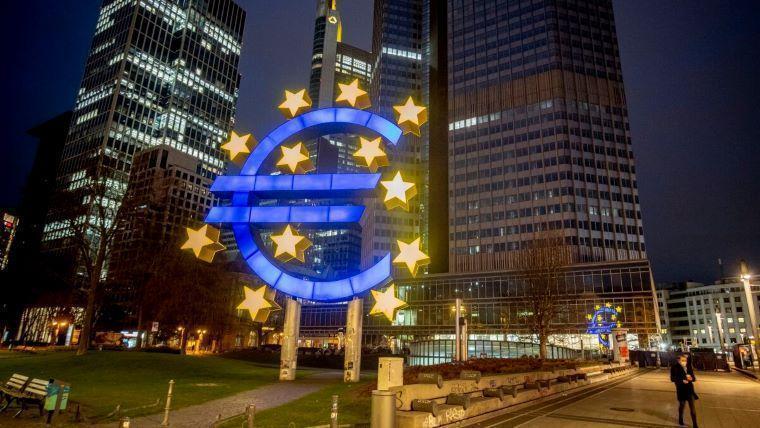
For instance, individuals are likely to appreciate such perks of a digital currency as:
- A faster and more convenient way to make payments that is also innovative and secure
- Improved financial inclusion, as it will make it easier for people who don't have access to traditional banking services to participate in the digital economy
- Better control over personal finances, as digital transactions can be tracked more easily than those conducted in cash
Businesses will also reap the benefits of this initiative, such as:
- Faster settlement times
- Lower transaction fees
- Improved access to international markets
- Reduced exposure to currency risk
However, as with any system, the digital euro also comes with a set of challenges that have to be overcome, namely:
- Regulatory obstacles. The introduction of the digital euro will require the authorities to establish new regulations and oversight frameworks and coordinate these changes across different countries and jurisdictions.
- Cybersecurity issues. The digital euro could be vulnerable to hacking, cyber-attacks, and other forms of security breaches, especially when it is first launched.
- Privacy concerns. The digital euro may require users to provide personal information to access the currency, which raises concerns about privacy and data protection.
- Financial stability risks. A sudden shift to the digital euro could lead to a run on traditional banks, which, in turn, could destabilize the financial system.
Avoiding these risks requires a clear strategy from ECB and the service providers that will be chosen to implement the initiative, should it go through. However, it is safe to say that the digital euro’s potential benefits outweigh the expected challenges, making the efforts dedicated to this initiative worthwhile.
Summing Up: What to Expect from the Digital Euro?
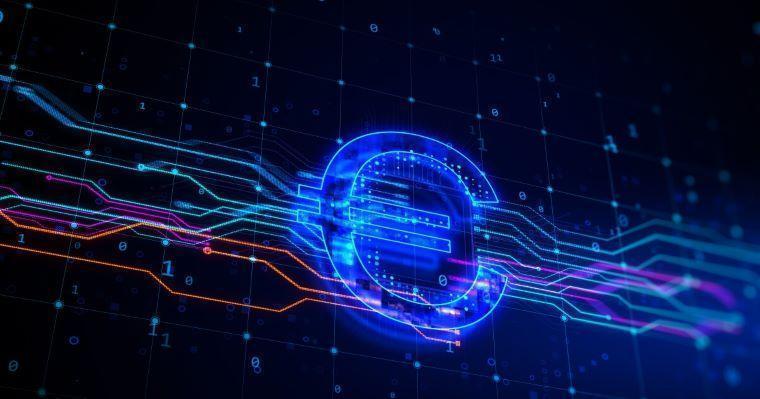
In his latest report, published on April 24, 2023, Fabio Panetta shared the four key digital euro principles that have been developed with the initiative’s key stakeholders. They are as follows:
- The digital euro must serve society as a public good and be available for basic day-to-day use free of charge.
- The digital euro currency must compensate intermediaries for their services similar to how other digital payments do it.
- The digital euro solution must prevent merchants from being overcharged by intermediaries by setting legislative safeguards.
- The Eurosystem will bear its own costs, such as settlement activities and managing standards, reflecting the public good nature of the digital euro, and benefiting end-users through cost savings.
Panetta also emphasized that the eurozone’s institutions must collaborate to make the digital euro project successful and expressed eagerness for the European Commission's legislative proposal. He stated that it would be a significant milestone in advancing the initiative and positioning Europe as a leader among the G7 nations in developing central bank digital currencies.

